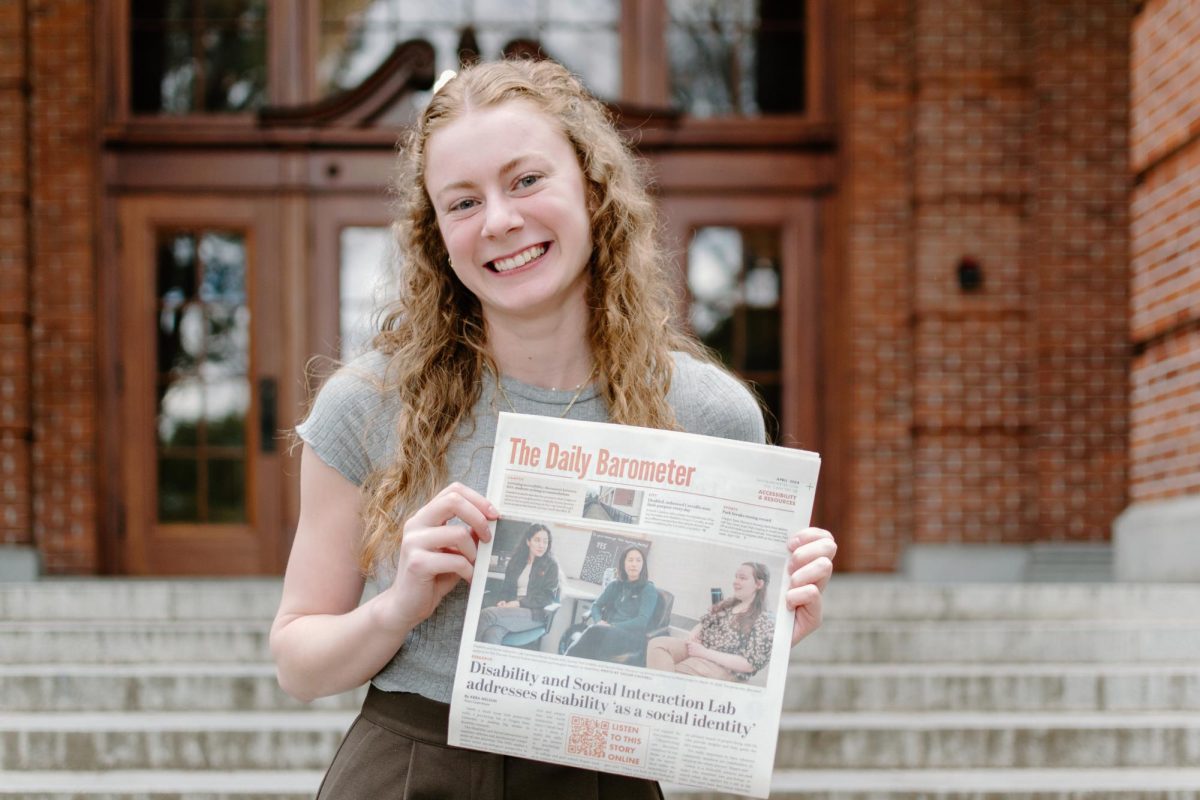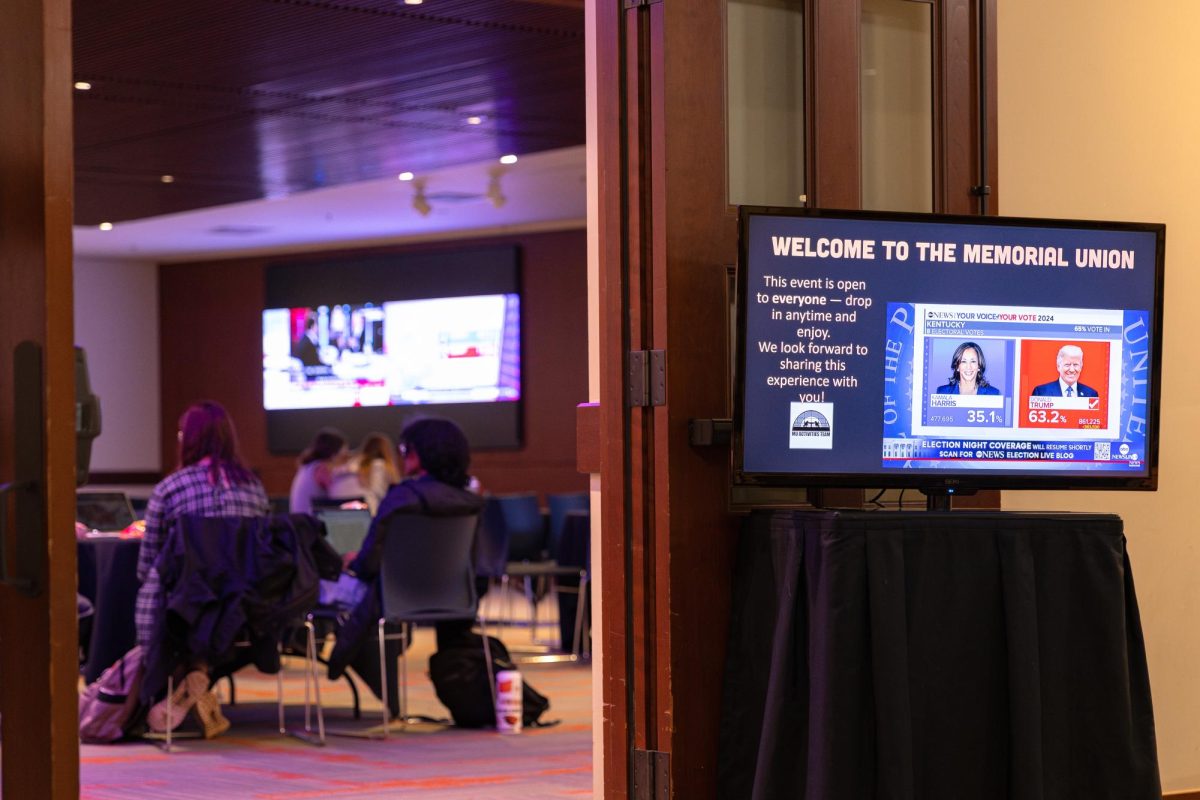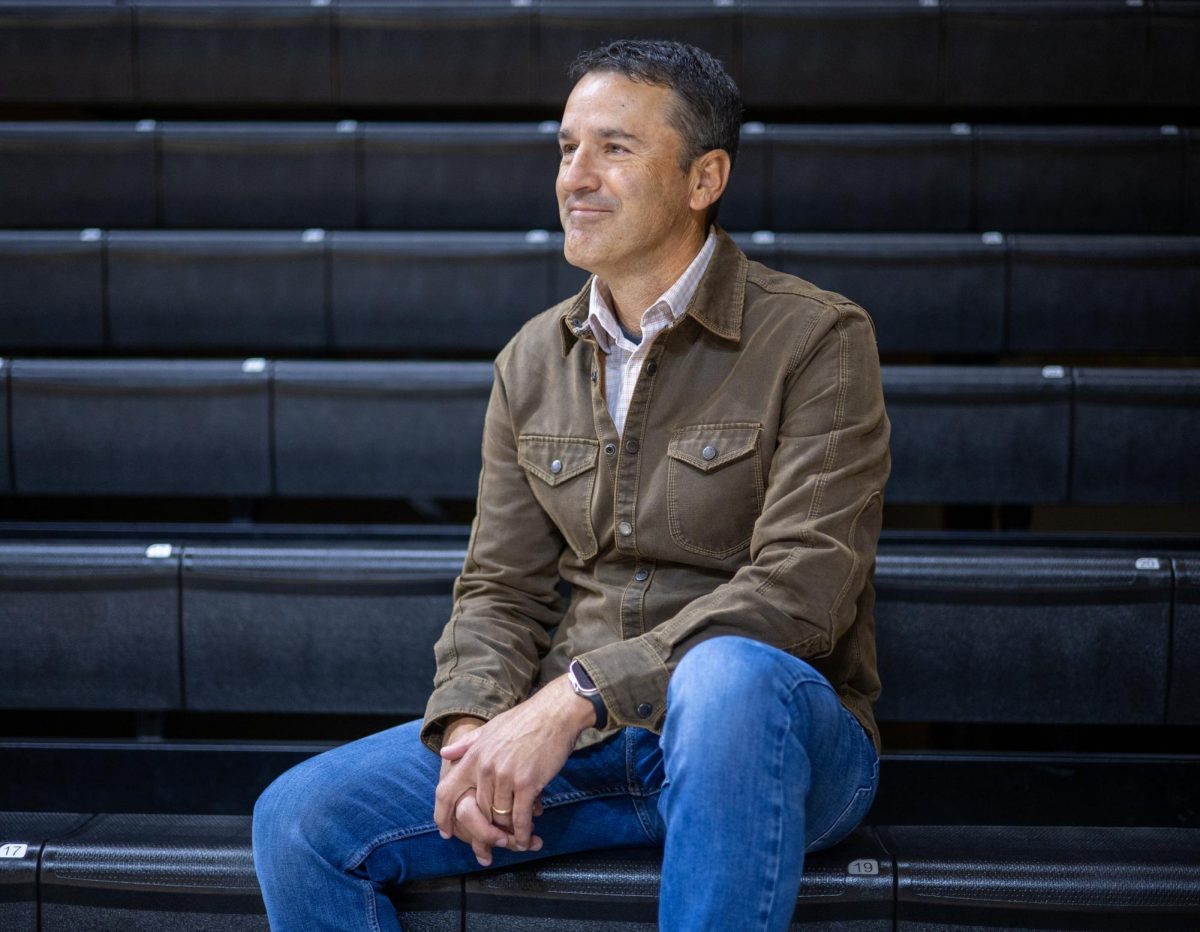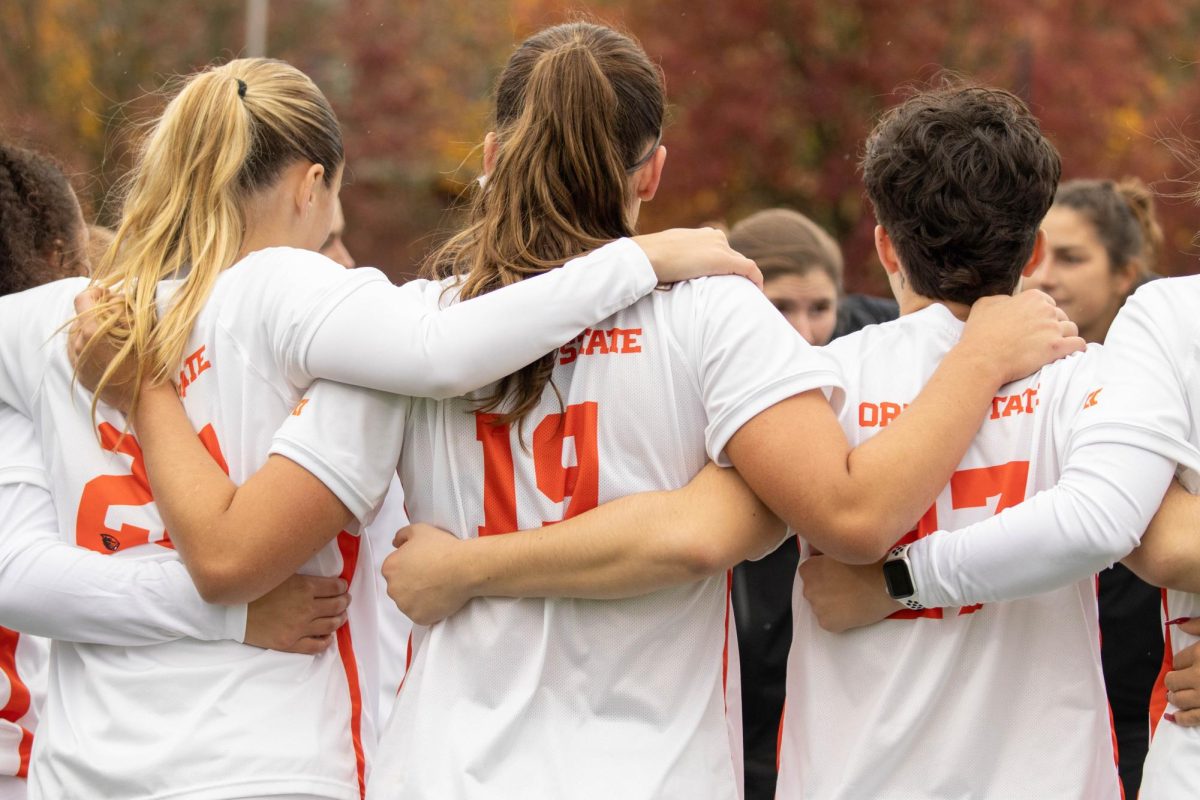What you need to know about gender affirming care: The what, the where and the ways it affects the OSU community
June 6, 2023
From routine physicals, to sexual health care and beginning transition or continuing transition, access to gender affirming care aims to make healthcare inclusive for all at Oregon State University while legislative bans on this care have been introduced across the country.
Most people think of hormone replacements when they hear gender affirming care. In reality, gender affirming care encompasses more than hormone replacements. Access to gender affirming care can be the difference between life and death for many.
“Gender affirming care is lifesaving for people,” said Cindy Konrad, center director for the Pride center and SOL multicultural support network at Oregon State University.
According to Konrad, having care provided in an inclusive way, such as in routine physical exams, is crucial in affirming someone in their identity. In some areas of the country this can be difficult to access; whether you are trans, non binary or cisgender.
According to the World Health Organization, gender affirming care is defined as a range of physiological, behavioral, social, and medical interventions, “designed to support and affirm an individual’s gender identity.”
For nearly 15 years medical gender affirming care – routine physicals, sexual health care, beginning or ongoing transition related medication, etc. – has been available at OSU’s Student Health Services to all health-fee paying students regardless of their gender or sexual identity according to Dr. Shanilka de Soyza, medical director at SHS.
“We currently have six providers who work with students to support their gender identity,” de Soyza said. “We follow (World Professional Association for Transgender Health) standards and nationally recognized guidelines for starting and continuing treatment.”
de Soyza shared that SHS is working to develop further support in the social, mental and physical needs of those seeking gender affirming care.
These developments out of SHS would add to the support provided on campus through the Pride center, SOL multicultural support network and Counseling and Psychological Services, which currently offer a number of resources listed on their websites and social media platforms, according to Konrad.
“Having that laid out on their website saying ‘hey this is something you can access’, it makes a big difference,” said Tanya Laird, a doctoral student in civil engineering and wood science. “It was one of the factors (for me) in coming to Oregon State.”
Laird has been receiving ongoing care at OSU as she transitioned years prior to coming to OSU. Regardless though, Laird says she has had only positive experiences and emphasizes that the path for someone finding who they are is not linear but rather a “choose your own adventure type thing”.
“When we talk about gender affirming care, I think it’s a lot more relatable than people tend to think, they just put it in a different context,” Laird said.
According to de Soyza access to gender affirming care is becoming more common in college health settings such as Oregon but Konrad believes this may change as legislative actions to limit or ban gender affirming care in some form or another are introduced around the country.
But for those at OSU there remains many resources and spaces that welcome individuals as they are and hope to affirm them in their identity.
“It is a really beautiful thing to see someone be able to live fully as who they are, and to see that person be able to exist in the world as their authentic self, that’s just a beautiful wonderful thing,” Konrad said.












































































































